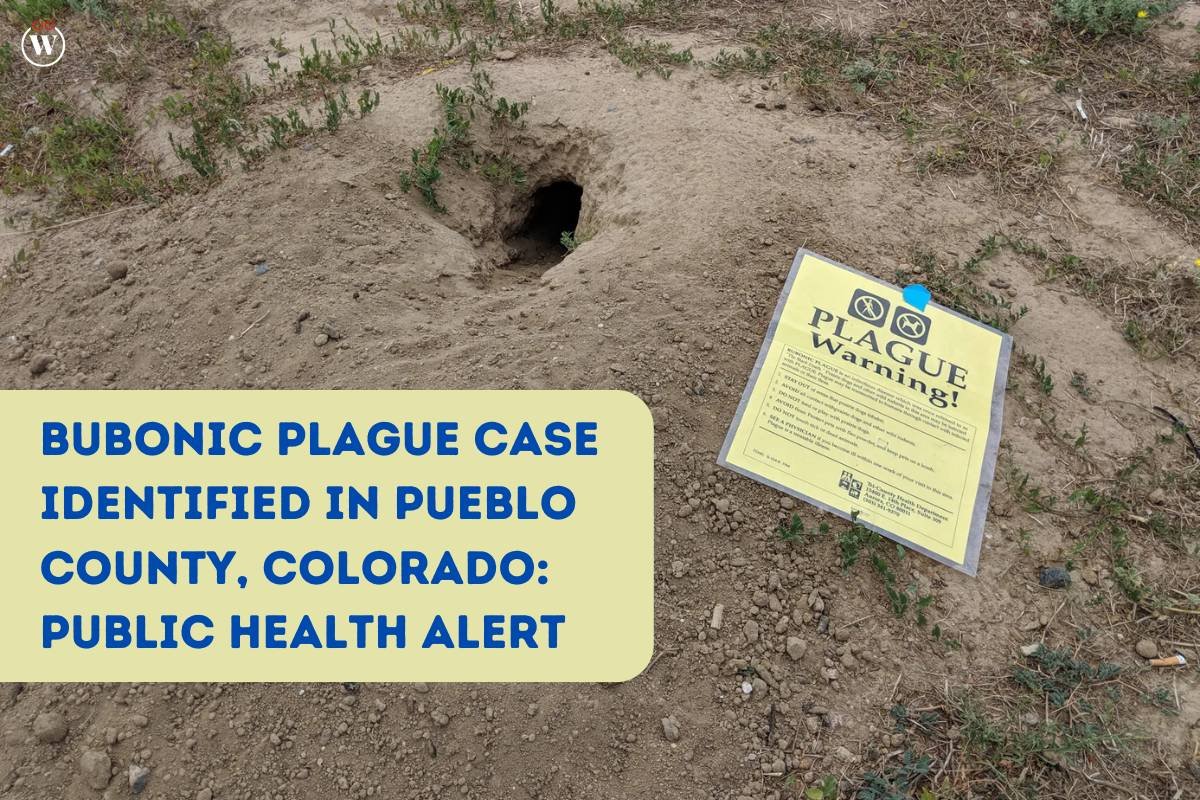Source – usatoday.com
Local health authorities confirmed that a resident of Pueblo County, Colorado, approximately 100 miles south of Denver, has contracted bubonic plague. This was revealed on Monday, following initial reports that surfaced last Friday. Trysten Garcia, a spokesperson for the Pueblo Department of Public Health and Environment, clarified that preliminary tests had initially identified the infection as “plague,” but further examination confirmed it to be bubonic plague. The infected individual was hospitalized but has since shown improvement. Given the endemic nature of plague in the region, pinpointing the exact source of infection remains challenging, Garcia noted.
Bubonic plague, historically notorious for causing devastating pandemics in Europe and Asia, is a bacterial infection caused by Yersinia pestis. It is primarily transmitted through fleas that infest rodents such as rats and prairie dogs. The infection can spread to humans through flea bites or contact with contaminated animals. In the United States, most human plague cases have been reported in the Southwest and the West, with an annual average of seven cases according to the Centers for Disease Control and Prevention (CDC). Earlier this year, fatalities from plague were reported in New Mexico and a human case was identified in Oregon, suspected to be linked to an infected pet cat.
Symptoms and Forms of the Disease
According to the World Health Organization (WHO), the symptoms of bubonic plague typically appear after an incubation period of one to seven days. These include sudden onset of fever and chills, severe headaches, muscle aches, and nausea. One of the hallmark symptoms is the development of painful, swollen lymph nodes called buboes, which can appear in the armpits, groin, or neck and can vary in size from less than half an inch to about four inches. The CDC emphasizes that bubonic plague does not transmit from person to person.
Other forms of plague include pneumonic plague, which infects the lungs and can spread through inhaled respiratory droplets from an infected person, and septicemic plague, which infects the bloodstream. Unlike bubonic plague, pneumonic plague is highly contagious and can remain airborne for up to an hour after an infected person coughs. Septicemic plague, however, does not spread between individuals. Without prompt treatment, pneumonic plague is almost always fatal. The WHO estimates that the mortality rate for untreated bubonic plague ranges from 30% to 60%. While there is no vaccine available in the U.S., immediate medical attention and antibiotic treatment are crucial for recovery from plague.
Prevention and Historical Impact
Health officials in Pueblo County have issued guidelines to help residents avoid plague infection. They recommend eliminating potential rodent habitats near homes and recreational areas, preventing pets from hunting or roaming in rodent-prone regions, and regularly treating pets for fleas. They caution against the use of flea collars, which have not proven effective against plague-carrying fleas, and advise against allowing pets to sleep in human beds. Additionally, individuals should avoid contact with dead animals and use insect repellent containing 20% to 30% DEET if handling sick or dead animals is necessary. Safe disposal of dead animals involves using a long-handled shovel and placing the carcass in an outdoor garbage bag.
Bubonic plague has been historically significant, with major outbreaks occurring globally. The Black Death in the 14th century led to an estimated 50 million deaths, wiping out over a quarter of Europe’s population. Plague outbreaks also severely affected China and India in subsequent centuries. In the United States, notable outbreaks include the early 20th-century epidemics in San Francisco and Los Angeles, where public health policies unfairly targeted specific ethnic communities. The 1900 outbreak in San Francisco, associated with rat-infested ships, and the 1920s epidemic in Los Angeles, which claimed over 30 lives, both underscore the enduring presence and impact of plague in American history.









